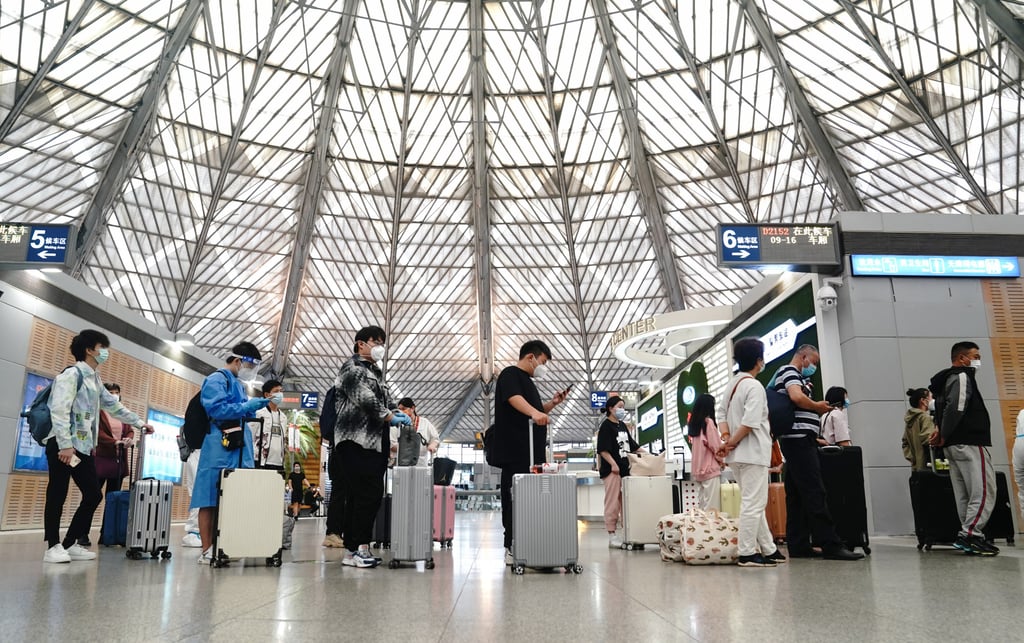Advertisement
Macroscope | As China’s zero-Covid policy takes an economic toll, Hainan free-trade port could provide a boost
- The Shanghai lockdown exposed China’s dependence on regional economic hubs. The creation of a new trade zone will help to more evenly distribute talent, capital and activity
- Hainan’s location, size and favourable policy environment make it an ideal platform for expanding China’s overseas political and economic engagement
Reading Time:3 minutes
Why you can trust SCMP
0

Hainan’s transformation into a free-trade port is the latest step in China’s reform and opening up strategy. The plan to build Hainan into a free-trade zone was unveiled by President Xi Jinping in 2018.
Attention has once again been focused on the island province as China’s economy slows due to the strict implementation of the “zero-Covid” policy. A new investment guide for Hainan said 2022 is a “crucial year” while President Xi stressed that an independent customs regime must be in place in Hainan by 2025.
In June last year, the authorities passed legislation to further the plan. There has already been a rapid expansion of foreign investment, and the province’s capital, Haikou, was the best-performing economy among Chinese cities in 2021.
These developments mean Hainan will have the capacity to sustainably attract and nurture talent, which will go some way towards addressing imbalances in regional development across China, particularly at a time when strict Covid-19 containment policies have shaken people’s desire to migrate to first-tier cities like Shanghai.
Many Chinese citizens are now looking to emigrate to escape the restrictions on freedom of movement under the zero-Covid policy. Immigration consultants in China have seen a surge in enquiries.

The impact of a shrinking economy on the labour market has also made unemployment a concern. The unemployment rate for the first four months of the year was 5.7 per cent.
Advertisement
